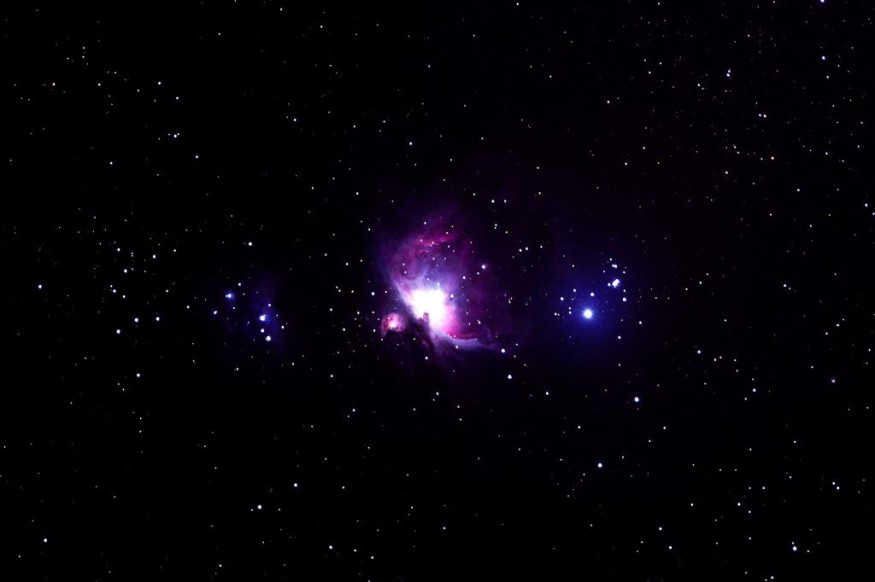
The origin of something so vast and infinite as Milky Way cannot possibly be investigated, or its stars distinguished individually by the naked human eye.
This is exactly why scientists have supercharged one of the most powerful telescopes on Earth with new technology that will reveal how our galaxy formed in unprecedented detail, BBC reported.
The new device installed on the William Herschel Telescope (WHT) in La Palma, Spain is made to probe millions of stars in the Milky Way, a total of five million to be precise. The 'super-fast' mapping device is able to survey 1,000 stars per hour and analyze its make-up and the speed at which it travels.
In short, it will show how our Milky Way galaxy was made over billions of years.
Ready to Go
The instrument known as WEAVE has been developed for more than a decade now, and scientists are "beyond excited" that it is ready to go.
"It's a fantastic achievement from a lot of people to make this happen and it's great to have it working," says Prof Gavin Dalton of Oxford University. "The next step is the new adventure, it's brilliant!"
WEAVE principally targets optical ground-based follow up of upcoming ground-based (LOFAR) and space-based (Gaia) surveys, according to the project's overview and status report. Its name which stands for WHT Enhanced Area Velocity Explorer sits high on a mountain top on the Spanish Canary Island of La Palma.
With its 80,000 separate parts, the device is known to be a 'miracle of engineering'. It has nimble robotic fingers that carefully position a thousand fibre optics precisely on each location, pointing towards its corresponding star. The fibres serve as tiny telescopes that capture light from a single star and channel it to another instrument.
It then splits it into a rainbow spectrum, in which the secrets of the star's origin and history are revealed - all in an hour.
Read also: Cold Front Update: Damaging Winds and Heavy Rain Strike Western Australia, Multiple Areas Affected
Golden Era of Astronomy
With a dense galaxy that contains up to 400 billion stars, it would have been totally impossible to know its origin without a tool that is able to calculate the speed, direction, age and composition of each star it observes - as what WEAVE does exactly.
As a result, the instrument is creating a motion picture of stars moving in the Milky Way. According to Prof Dalton, "by extrapolating backwards, it will be possible to reconstruct the entire formation of the Milky Way in detail never seen before.
"We'll be able to trace the galaxies that have been absorbed as the Milky Way has been built up over cosmic time - and see how each absorption triggers new star formation," he said.
Dr Marc Balcells, overall in charge of the WHT, added that he believed in the power of WEAVE and its ability to shift our understanding of how the galaxy was built.
"We have been hearing for decades that we are in a golden era of astronomy - but what the future awaits is a lot more important."
© 2025 NatureWorldNews.com All rights reserved. Do not reproduce without permission.





